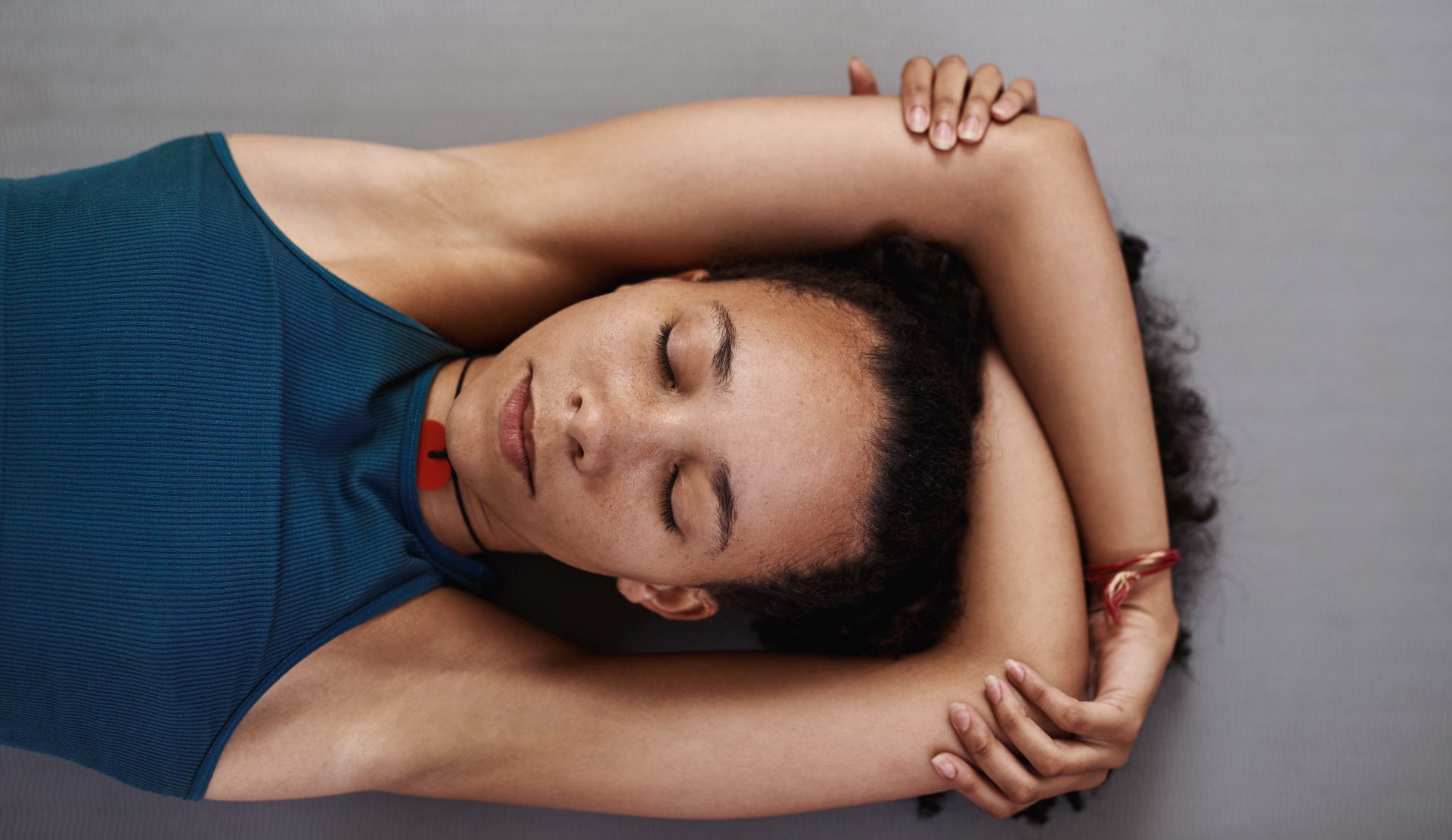It can be difficult to meditate when your mind is busy, but breathwork can bridge the gap.
You know thatfor you. There are numerousthat prove how it canand focus – which explains the plethora ofendorsed by celebrities that help you find your inner zen. You can’t scroll far while surfing the web or Instagram without someone touting the benefits of the practice.
Yet, when it comes to sitting still and closing your eyes, your mind starts bursting with thoughts: the , what you’ll get your , the email you really should be sending rather than sitting here thinking.
You may also like
6 ways to relax if you have trouble switching off
“We can be quick to judge our racing minds and when life feels hectic, it may feel counterintuitive to spend time doing nothing while trying to empty the mind,” says Dr Gemma Newman, a medical doctor with a focus on holistic health. “For some, meditation may also bring with it , emotions or memories from the past that can be hard to handle. For most of us though, a meditation practice can have tremendous benefits including improved focus, concentration and self-esteem – in addition to reduced . Plus, even improved pain tolerance.”
While we all want those benefits that Gemma mentions, how do we get over the first hurdle in order to get there? The answer, according to Dr Newman, is . “Using the breath to help engage your body and mind is a great first step because the breath is with us all the time. We all must breathe, and yet, we don’t always use the ,” she says. “The beauty of controlling the breath is that it can be a bridge between our conscious and subconscious mind.”

Because of this ‘bridge’, conscious and deep breathing can trigger similar effects to meditation and has been found to be one of the most ‘contemplative activities’ for reducing stress, according to a study published in Frontiers of Human Neuroscience.
Like meditation, breathwork works by “activating the(PNS) through stimulation of the vagus nerve,” explains Dr Newman. Essentially, respiration, particularly exhaling and slow breath, controls the vagus nerve. When we breathe, we stimulate this nerve, which then affects the PNS, which is responsible for slowing the heart rate, increasing digestion and general relaxation.
“All of this helps us to immediately calm our physiology, which can then also help us calm the mind too,” explains Dr Newman, so if you really can’t get on board with a proper meditation, try relaxing yourself with a few controlled breaths.
You may also like
Controlled breathing: the mental and physical health benefits of daily breathwork
If you want to try a longer breathwork session, Dr Newman suggestions trying box breathing. “This is helpful as it allows you to visualise and count as well as breathe, which occupies the conscious mind so the subconscious mind can relax,” she explains.
To do box breathing, simply breathe out for four seconds, hold for four seconds, breathe in for four seconds and hold for four seconds. Visualise drawing a box as you repeat this cycle. “The main takeaway is to start with the out-breath, so you can breathe into an empty pair of lungs. Remember to focus on allowing the air back into the belly and not the shoulders. If you can, allow the out-breath to be longer than the in-breath is to enhance the relaxation effect,” Dr Newman adds.
But the benefits of breathing doesn’t mean ditching meditation in its own right, as “the practice can bring you closer to the ‘quiet you’ that notices the thoughts and feelings as they come and go,” says Dr Newman. “Breathwork is a way of helping you to make the introductions, and meditation is a way of getting to know yourself and enhancing your relationship with yourself and those around you.”
So, get comfortable with taking a few deep breaths, and meditating may not seem so scary. Just make sure you send that email first.
Follow @StrongWomenUK on Instagram for the latest workouts, delicious recipes and motivation from your favourite fitness experts.
Images: Getty
Source: Read Full Article
